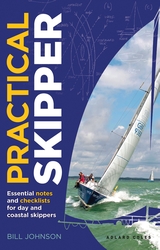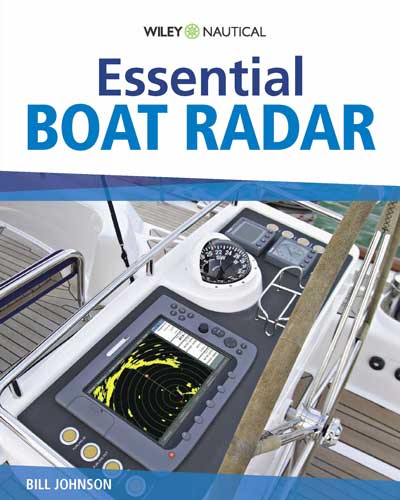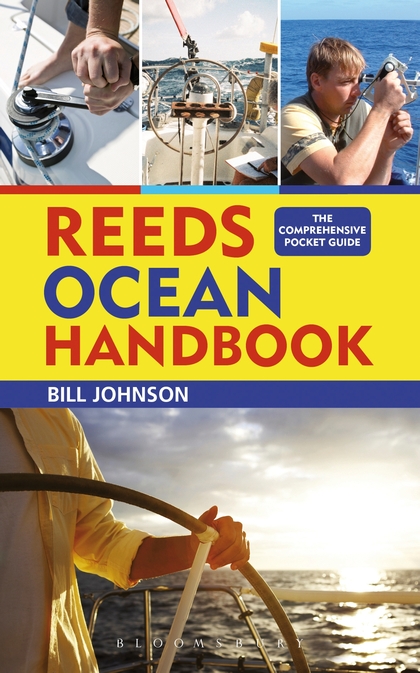This is the new version of the Aztec Sailing website. Hopefully you will find everything you need here, but if you want to access the old version you can still do so: through this link.
Welcome to the Aztec Sailing Website
This website provides free on-line instruction in seamanship theory. It is written for amateur yachtsmen and trainee yacht skippers, as it follows the RYA training scheme. But equally, anyone who goes out on boats on the sea, who wants to know more about it (divers, fishermen, dinghy sailers, sea kayakers) will find it useful.
The material is comprehensive, and explained as clearly as possible - so as to encourage complete beginners: and as a useful reference for inexperienced or 'rusty' amateur skippers.
The website is free to access and free of advertisements. It is financed by donations.
Content
N A V I G A T I O N
Position (latitude, longitude), Distance (nautical miles), Speed (knots), Direction (magnetic compass), Estimated position, Position fixing
T I D E S
Causes of tides, Tidal patterns, Springs and neaps, Tidal heights, Tide tables & curves, Tidal streams
C H A R T S & N A V I G A T I O N A I D S
Chart principles, Admiralty Charts, Chart symbols, Navigation aids (buoys and lights)
C O L R E G
'Rules of the Road' between vessels, Lights and shapes displayed by vessels, Sound and light signals, International distress signals
W E A T H E R
Marine weather forecasts, Local weather effects, Wide area weather systems
G L O S S A R Y
Q U E S T I O N S
There is a huge overlap between RYA Day Skipper and Coastal Skipper / Yactmaster ® Shorebased Courses. For that reason I have combined the two (I'm not trying to sell you two separate books!). There is a clear indication of what you need to know for Day Skipper: just stick to the ordinary text, all the more advanced material is coloured like this.
I suspect that many Day Skipper students will happily stray into the more 'advanced' Yachtmaster theory (because it's interesting, and not very difficult), and they will then have a single source of reference to come back to when they want to prepare for more advanced skippering.
Special terms are written in red. These terms are all included in the Glossary, which links back to where they are introduced and explained.
Finally there are Questions on each section, with the answers provided, so you can test your knowledge and understanding.
How Does This Theory Fit Into The RYA Training Scheme?
The material here covers the whole content of the RYA Shorebased Courses:
• Day Skipper Shorebased
• Coastal Skipper and Yachtmaster ® Offshore Shorebased
You can use it as a text-book to support you on the courses. Alternatively you can use this material to study on your own, if you don't wish to attend the Shorebased courses (and you don't have to: the courses are entirely optional, it's the knowledge that counts).
Either way, this is the knowledge you will need to possess before you go on the practical courses for skippers: Day Skipper or Coastal Skipper.
This website does not, however, offer any RYA course or qualification. It is simply an 'on-line text book' with support if you need it.
Books by Bill Johnson
The following books are available from mainstream nautical publishers:
Essential Boat Radar
Radar is an incredibly useful tool - but unlike a chart plotter, a radar picture is not obvious.
You really need to know what the radar is showing you - and what it can't 'see' - in order to be able to interpret the picture.
One of the main uses of radar is Collision Avoidance in low visibility. But did you know that different Colreg rules apply when vessels are not in sight of one another? To use radar safely you need to understand:
• the techniques for tracking other targets
• what to do if there is a collision risk.
For more information on the book, and about radar, look here. You can buy the book from Fernhurst Books or from Amazon.
Manoeuvring at Close Quarters under Power
Manoeuvring a large, expensive yacht in close proximity to other boats and hard objects can be extremely daunting - particularly for inexperienced skippers.
This book first explains how the yacht behaves under power - what controls you have and what they do, and how the wind and tide will affect the yacht during a manoeuvre.
It then goes through a variety of manoeuvring situations - berthing and mooring - in different conditions of wind and tide, and in each case explains the techniques and approaches you can use.
For more information in the book, and for 'Five Golden Rules for Manoeuvring', look here. You can buy the book from Adlard Coles Nautical (part of Bloomsbury) or from Amazon.
Reeds Crew Handbook
This book is intended to make all crew, particularly the most inexperienced, more confident and useful on a sailing yacht.
Starting with the basics (How does the loo work? Where do you sleep?) it goes through everything that you need to know, and everything the crew has to do - sailing, steering, berthing, mooring and on passage.
It's an informative introduction for people who have never been on a yacht before: and a useful aide memoir for more experienced crew. To judge by some of the readers' reviews, people have found this very helpful.
For more information on the book see here. You can buy the book from Adlard Coles Nautical (part of Bloomsbury) or from Amazon.
Reeds Ocean Handbook
At the other end of the 'experience scale', this book is for skippers who aspire to sail the oceans of the world.
The book closely follows the contents of the RYA's Yachtmaster Ocean shorebased course, and covers world climate, route planning, ocean navigation including astro. There are chapters with practical advice on yacht preparation for long-distance sailing, heavy weather and storm tactics, communication, ocean passage-making and risks/emergencies.
The Astro Navigation chapter has a unique step-by-step guide, using the sight reduction table in The Nautical Almanac.
Download the book's Astro Navigation form here.
For more information on the book see here. You can buy the book from Adlard Coles Nautical (part of Bloomsbury) or from Amazon.
 Practical Skipper: Essential notes and checklists for day and coastal skippers
Practical Skipper: Essential notes and checklists for day and coastal skippers
A concise aide-memoire, this is the essential practical knowledge for skippering a yacht – for new skippers, or for later reference.
When you learn how to skipper a yacht, the practical courses cover a whole range of detailed activities from passage planning and pilotage to emergencies and berthing. You need to understand what’s happening with the yacht, and how to instruct the crew: and you’ll be able to try the activity for yourself.
Later it can be difficult to remember all the details when you are skippering ‘for real’ with friends on a charter yacht. This book is the answer. Containing the succinct explanations and sketches that the author used as an instructor, it covers every activity a skipper will need to carry out. Packed with checklists, practical tips and advice, plus simple diagrams, this book is a unique resource for all skippers who are learning how to perfect their skills.
These are the notes you wish you’d written when you attended your sailing course, and had to hand when refreshing your knowledge later or preparing for your practical exam.
You can buy the book from Adlard Coles Nautical (part of Bloomsbury) or Amazon.



